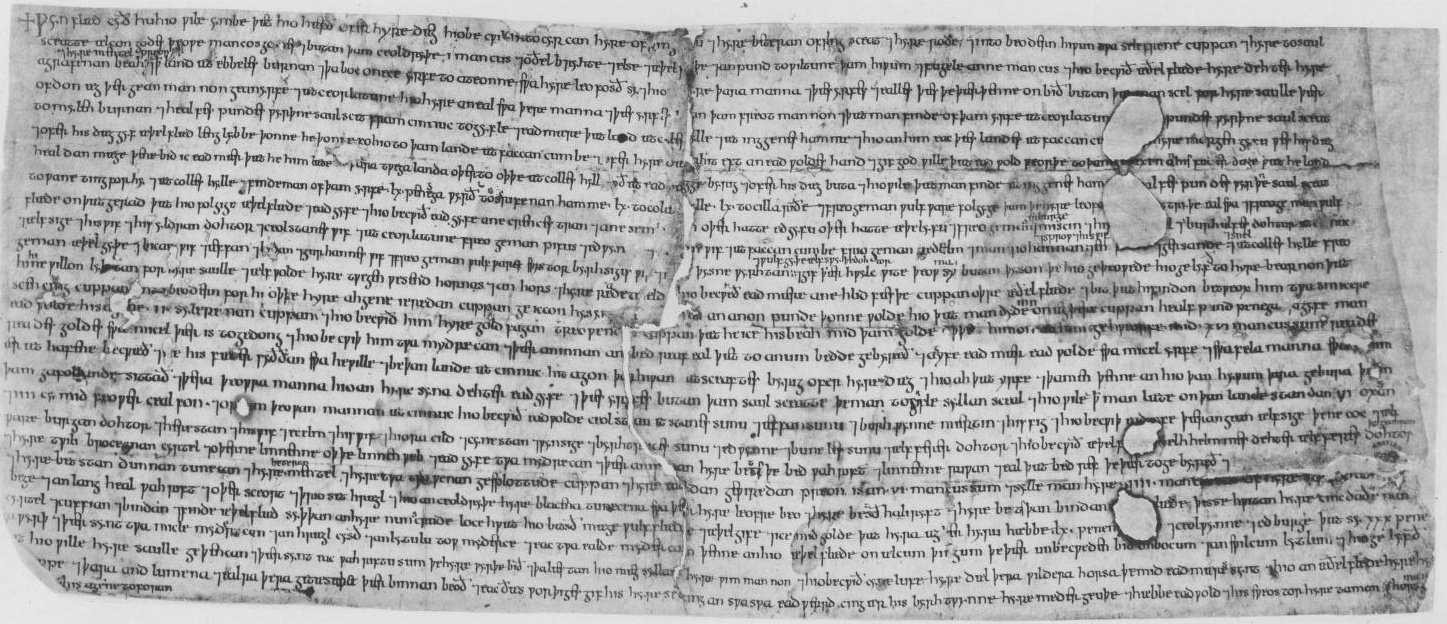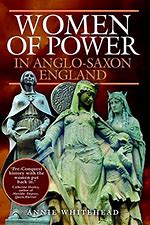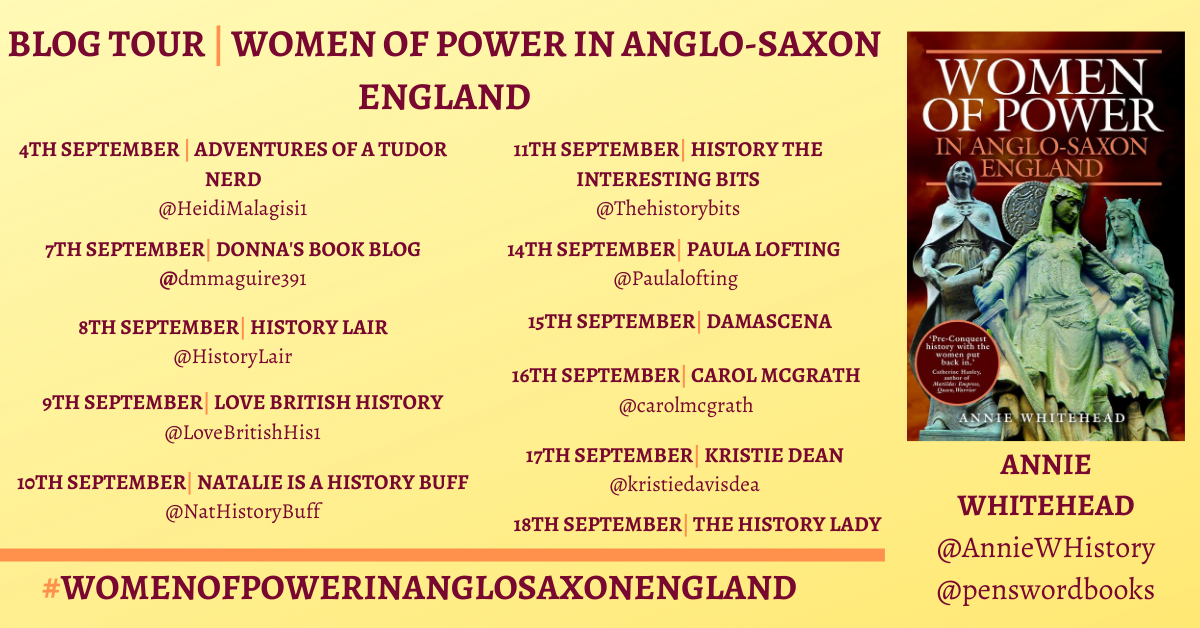Five Interesting Aspects of the Lives of Anglo-Saxon Women of Power – by Annie Whitehead

Annie Whitehead, Historian and Author
I’m delighted to be Carol’s guest today. My new book, Women of Power in Anglo-Saxon England, discusses the lives and careers of many powerful and influential women. Carol has invited me to share five interesting facts about the women of this period.
Equally, I am thrilled to have a fellow Historian as well as superb writer of Historical novels visiting The Writers’ Hub. I have Annie’s new book on my bedside table this week. It is utterly gorgeous. Please read on. This post is fascinating.
Literacy
It probably comes as no surprise that religious women were literate. Indeed, it would be foolish for an abbess in charge of huge estates not to be able to read land grants and letters. But we are also told that seventh-century Queen Bertha of Kent corresponded with her family on the Continent, that Edward the Elder in the tenth century made sure his daughters could read and write, and that Alfred the Great’s mother taught him to read. We have many extant letters, some particularly poignant, in which a woman abroad writes to her last remaining relative, her brother, of her loneliness.
Travel
Royal ladies travelled extraordinary distances. Princesses of Kent went to live in Northumbria (a journey of some 400 miles) while the ladies of St Boniface’s mission left England altogether. Many of the earlier future abbesses received their training at Chelles, near Paris. One noblewoman wrote two wills, one before she set off on a journey abroad, and one when she came back. I wonder where she went and what she got up to on her travels!
Wills
Speaking of wills, there are many extant examples which give invaluable detail about the lives led by noblewomen. In the wills we can deduce the nature of family relationships – one lady left virtually nothing to her stepchildren – the extent of land ownership, number of servants and horses etc. We also hear details of the clothing, furniture, expensive jewellery items and even the books in the women’s libraries. Fascinating to think that this period was once known as the ‘dark ages’.

Wynflaed’s will
Double Houses
Monasteries and abbeys in the early period were not austere institutions where the inmates were cut off from the world. Most were double houses, where monks and nuns lived. They were presided over by abbesses, not abbots, and housed libraries and produced books. They were used as the repositories for the royal archives, and were part of huge commercial networks.
Glimpses of Power
Most royal ladies exercised their power by subtly influencing the kings’ decisions, or ruling as regents for their young sons. Many retained power even once those sons reached their majority. But the records show glimpses of real power. One lady, Seaxburh, was included on the regnal lists for Wessex and is the only woman to be included in any such list. King Offa’s wife, Cynethryth, had coins minted with her name and image on them. Æthelflæd, Lady of the Mercians, was succeeded by her daughter. A woman would not succeed a woman again until Tudor times. Cnut’s first wife, Ælfgifu, was entrusted with the regency of Norway on behalf of their son, and this period was known as Ælfgifu’s time. See the Lady of the Mercians below.

I hope that these examples demonstrate why I think the women of Anglo-Saxon England deserved to have their stories written. Many thanks to Carol for hosting me today!
Author Bio:
Annie has written three award-winning novels set in Anglo-Saxon England. She also contributed a story to the anthology 1066 Turned Upside Down. She has written two nonfiction books: Mercia: The Rise and Fall of a Kingdom (Amberley Books) and Women of Power in Anglo-Saxon England (Pen & Sword Books). She was the inaugural winner of the Dorothy Dunnett/HWA Short Story Competition, is an elected member of the Royal Historical Society, and is an editor for EHFA (English Historical Fiction Authors).
Women of Power in Anglo-Saxon England
“Many Anglo-Saxon kings are familiar. Æthelred the Unready is one, yet less is written of his wife, who was consort of two kings and championed one of her sons over the others, or his mother who was an anointed queen and powerful regent, but was also accused of witchcraft and regicide. A royal abbess educated five bishops and was instrumental in deciding the date of Easter; another took on the might of Canterbury and Rome and was accused by the monks of fratricide. Anglo-Saxon women were prized for their bloodlines – one had such rich blood that it sparked a war – and one was appointed regent of a foreign country. Royal mothers wielded power; Eadgifu, wife of Edward the Elder, maintained a position of authority during the reigns of both her sons. Æthelflaed, Lady of the Mercians, was a queen in all but name, while few have heard of Queen Seaxburh, who ruled Wessex, or Queen Cynethryth, who issued her own coinage. She, too, was accused of murder, but was also, like many of the royal women, literate and highly-educated. From seventh-century Northumbria to eleventh-century Wessex and making extensive use of primary sources, Women of Power in Anglo-Saxon England examines the lives of individual women in a way that has often been done for the Anglo-Saxon men but not for their wives, sisters, mothers and daughters. It tells their stories: those who ruled and schemed, the peace-weavers and the warrior women, the saints and the sinners. It explores, and restores, their reputations.”

Women of Power
Purchase links: https://www.pen-and-sword.co.uk/Women-of-Power-in-Anglo-Saxon-England-Hardback/p/17769
If you enjoyed this post see other superb posts on Annie’s celebratory blog tour below. You can go back and read those already posted.






One Comment on “Five Interesting Aspects of the Lives of Anglo-Saxon Women of Power – by Annie Whitehead”
As always an interesting and informative post. Thank you Annie and Carol